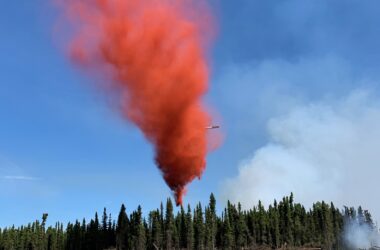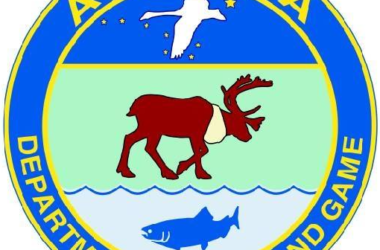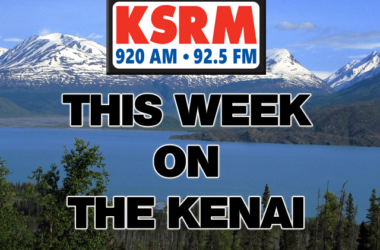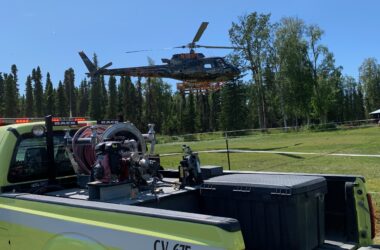Drowning is a leading cause of unintentional injury mortality in the United States. During the past decade, drowning mortality increased by nearly 12% nationally with an average annual age adjusted rate of 1.24 drownings per 100,000 persons.
According to the Centers for Disease Control and Prevention (CDC), Alaska had the highest age-adjusted drowning rate in the nation in 2021.
During 2016–2021, 342 drowning deaths were recorded in AKDSS. The average annual drowning rate was 7.8 drownings per 100,000 persons (age-adjusted rate 7.3 drownings per 100,000 persons). The median age of drowning victims was 45 years; 283 (83%) drowning victims were male. The highest drowning rates were among males and females aged ≥60 years (20.5 and 4.1 drownings per 100,000 persons, respectively). The highest rates by region were observed in the Southwest and Northern regions (31.1 and 26.8 drownings per 100,000 persons, respectively). Forty-four (13%) drownings were due to either intentional self-harm, assault, or undetermined intent.
Kenai Peninsula Borough which is include in the Gulf Coast Region reported 25 drownings between 2019 and 2021.
Drowning rates in Alaska are among the highest in the nation and have remained largely consistent over the last 6 years. Drowning rates continue to be particularly high among males and people living in rural regions of Alaska.
Recreational drownings occurred most often while boating and operating ATVs and snowmachines. Although the number of drownings that occurred while boating decreased considerably during the two time periods examined, the proportion of boating-related drownings that involved persons not wearing a PDF increased from 75% to 88%.
Year-round waterwise practices while boating or traveling on water include:
1) wearing a correctly sized and rated PFD
2) no alcohol or drug use
3) paying close attention to weather forecasts
4) filing a written float plan
5) training on traveling across open and frozen waterways
6) and a clear understanding of cold-water safety practices.
The full report is below;







